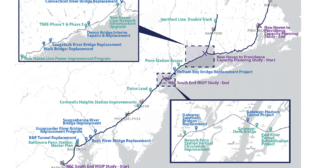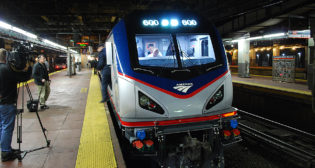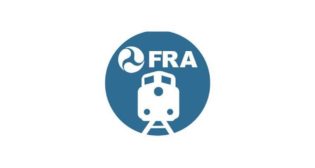
Amtrak Issues FY21 Sustainability Report
Written by Carolina Worrell, Senior Editor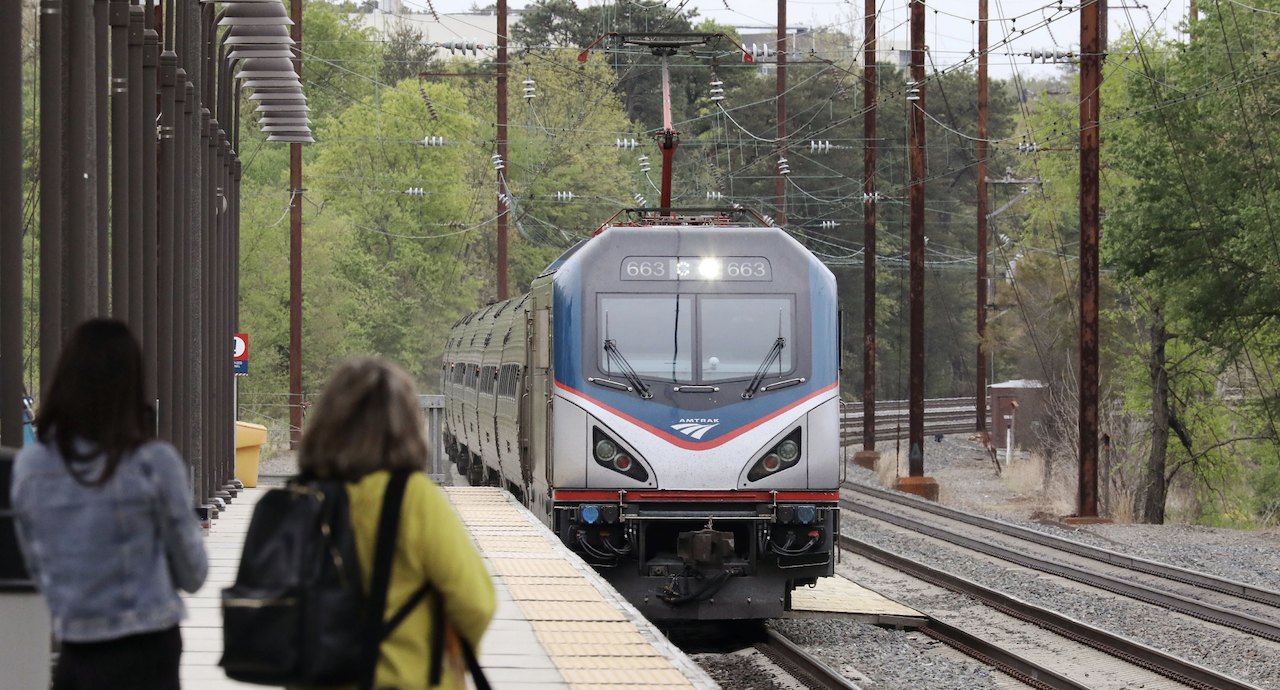
On average, according to Amtrak, its service is 46% more energy efficient than travel by car and 34% more efficient than domestic air travel.
Amtrak has published a sustainability report for FY 2021, highlighting projects across its regions and operations, as well as measured progress against its annual and long-term goals encompassing greenhouse gas (GHG) emissions, diesel fuel and electricity usage.
Today, Amtrak says intercity travel on its trains is cleaner and more sustainable than most alternatives. On average, according to Amtrak, its service is 46% more energy efficient than travel by car and 34% more efficient than domestic air travel. On the electrified Northeast Corridor (NEC), Amtrak says its travel emits up to 83% less GHG emissions compared with car travel and up to 72% less GHG emissions than flying, adding that its fully electrified service also provides the environmental benefit of zero tailpipe emissions, which improves air quality in the dense urban areas it serves.
“Driving sustainability at Amtrak means transforming the customer experience, reducing our carbon footprint and expanding service to new markets across America,” says CEO Stephen Gardner. “Recognizing the urgency to act now, Amtrak is out to change the way our country moves.”
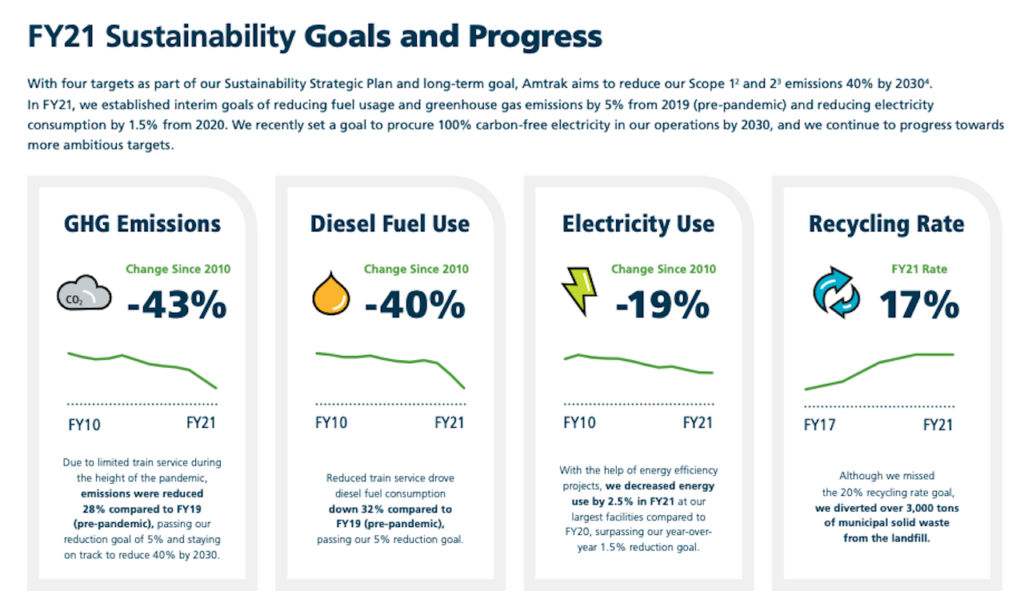
Highlights from the report (downloadable below) include:
- Cleaner, more climate-friendly equipment: A significant share of Amtrak’s Infrastructure Investment and Jobs Act (IIJA)-provided funding will support the procurement of new train equipment, the railroad reports. On the NEC and various state-supported routes, this equipment will include new trainsets, including some dual-power equipment that can run on electric or diesel and other dual-power equipment that can run on battery or diesel. On Long-Distance routes, IIJA funds will support the continued procurement of fuel-efficient, Tier 4-compliant ALC-42 locomotives, which emit 89% less nitrogen oxide and 95% less particulate matter than the diesels that they are replacing, the railroad reports.
- Expansion of energy-efficient passenger rail service: Large increases in population and travel demand, demographic shifts, congestion, and changing travel preferences mean that Amtrak’s legacy route network does not fully meet the changing needs of the traveling public, the railroad says. For example, Texas and Florida, the nation’s second and third most populous states, have a combined population of more than 50 million, but those two states are served by just six Amtrak routes, some of which do not operate every day. In FY21, Amtrak released a corridor vision called Amtrak Connects US, to develop and expand intercity passenger rail corridors. Providing intercity passenger rail service to the 50 largest metropolitan areas, Amtrak says its vision aims to add service to 160 new communities, create 39 new routes and enhance 25 routes. A historic investment in expanding passenger rail, IIJA funding signifies the important role trains play in the future of sustainable transportation, Amtrak notes.
- Improved capacity, reliability and performance on existing routes: IIJA investments will make the NEC an even more efficient, effective and resilient mode of transportation—taking countless cars off the road, driving down carbon emissions and showing what sustained, robust funding for rail could achieve in other parts of the country, the railroad reports.
- Acela solar-powered gates: In 2021, Amtrak designed and deployed solar-powered technology to improve security on its NEC right of way, prior to the upcoming launch of new Acela service, “advancing safety and sustainability together.”
“Providing high-quality, low-carbon rail service that takes people out of cars and planes is one of the most efficient ways to drive emissions reductions,” says Dennis Newman, Executive Vice President, Strategy, Planning & Accessibility at Amtrak. “Through more and better service, we will give additional people a chance to pitch-in and fight the climate crisis by choosing rail.”
